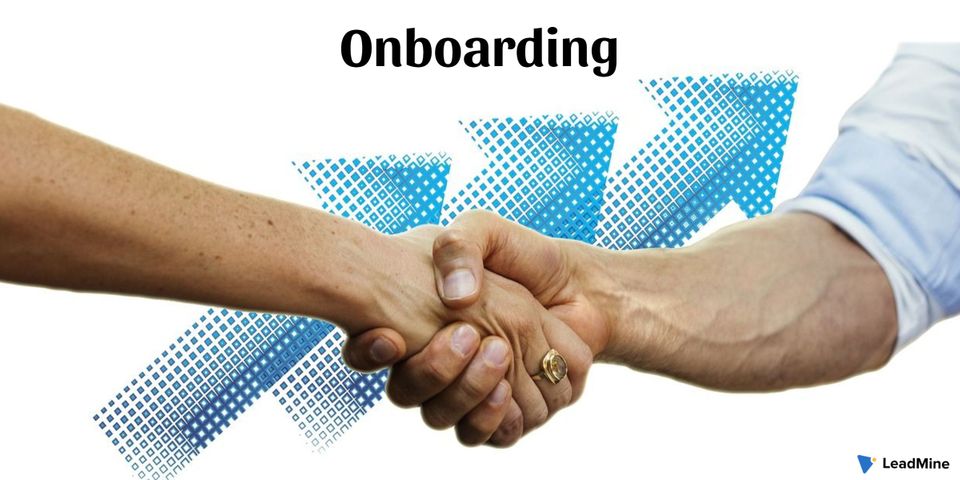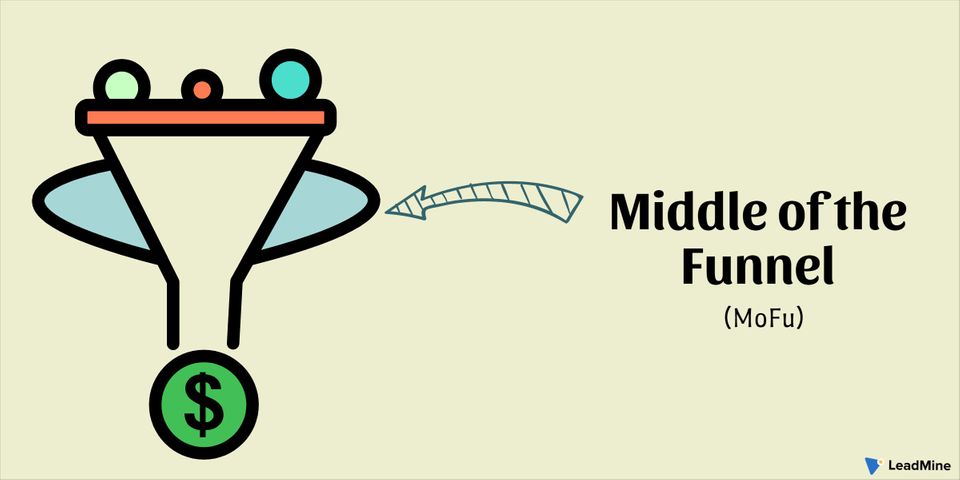Customers began to reject old-school sales strategies in favour of developing partnerships with the companies they purchased from. As a result, the market shifted to a new way of selling – Inbound Sales.
Here we will cover the following:
- What is an Inbound Sale?
- Why Inbound sale is Important?
- How do You Make Inbound Sales Work for You?
- Conclusion
What is an Inbound Sale? 😊
Inbound sale is a sales process that focuses on the obstacles, pain points, goals, and desires of the potential buyer. Inbound sales, unlike conventional sales, focus less on pushing a product or service and more on training, encouraging, and guiding potential customers through the purchasing process.
Simply put, it's about guiding skilled leads along their customer journey while providing appropriate content at each point. It's a modern technique used by salespeople to study the purchasing habits of prospects and consumers. From the initial need to the completion of the purchase, each stage of a customer's purchasing process is thoroughly researched.
Salespeople adapt and personalize their method based on a prospect's stage and personal circumstance. The aim is to provide relevant information to leads at the right time.
The smart inbound salesperson will be able to craft a beneficial, customized sales plan for each individual by observing a buyer's digital behaviour during the knowledge and consideration stages of the buyer's journey. Finally, investing more time and effort into educating your prospects will improve your chances of turning them into loyal, long-term customers.
Why Inbound sale is Important? 🧐
Since it is changing the way we market to consumers, inbound sales are significant. Unlike conventional sales, which casts a large net and hopes to grab as many leads as possible, inbound sales operate in the opposite direction. It automates the process of bringing in "good-fit" buyers into your funnel also known as sales-qualified leads or SQLs so that you can sell to people who want to purchase your goods.
Its primary goal isn't to close further transactions. It's about assisting prospects in addressing their problems on an individual basis and recognizing their pressure points in a deeper, more meaningful way.
Cold calling, leaving voicemails, and sending cold emails are all effective sales tactics. Industry trade shows, meet-ups, and networking events are also common. The majority of outbound sales strategies still in use in the sales industry are based on these.
Instead of depending on outbound tactics, sales reps should use an inbound strategy to place themselves in a completely different way. This allows you to develop relationships and, more importantly, create long-term customers for your business.
How do You Make Inbound Sales Work for You? 🤔
To get started with the inbound sales framework, you and your sales team will need to do the following:
- Define the Buyer's Path for Your Product 🤗
Buyers can be treated as prospects to be won over, demoed, or simply an offer to be closed in conventional sales. If the buyer and seller's intentions aren't matched, and the buyer feels exploited, the deal does not close—and the company's ability to complete potential sales may be jeopardized.
The inbound sales funnel, on the other hand, focuses on providing value to a potential customer that goes beyond what they would find on their own. The first step is to describe and comprehend the buyer's path, which is divided into three stages:
- Awareness Phase – Prospective clients are trying to solve a dilemma, overcome an obstacle, or accomplish a goal.
- Consideration Phase – Buyers have identified their problem and are constantly looking for solutions or alternatives to solve it.
- Decision Phase – A prospective buyer then moves on to the decision process, where they must either choose a solution to their problem or abandon the relationship entirely.
- Create a Sales Process that Aids the Buyer's Journey 😀
Instead of manipulating buyers by implementing an impersonal sales strategy, the inbound sales strategist's job is to help the already established buyer journey. There are four main phases in this inbound sales framework:
- Identify – Strangers with possible issues are identified and converted to leads by the inbound sales strategist.
- Connect – Inbound sales strategists work with leads once they've been detected, assisting them in determining if they have a problem or a target that should be prioritized. If this is the case, these leads are now trained leads.
- Explore – The inbound salesperson's next task is to investigate the goals of their qualified lead and the various options available to them in achieving those goals. The qualified lead becomes an advantage if they have a reliable alternative available.
- Advice – Finally, the inbound salesperson informs their prospect about the particular value proposition of their product or service in achieving or solving the prospect's goal or issue. The opportunity has finally become a client or consumer if both parties are in agreement and a transaction is made.
- Make a Buyer Persona for Your Ideal Client 🤩
A salesperson must first identify their buyer personas as a crucial step in the inbound sales marketing funnel. The aim is to create a personalized sales experience, and understanding the personas of the clients or consumers you want to attract can aid in the creation of that experience.
Consider buyer personas to be prototypes: fictionalized representations of the buyers who will most profit from your product or service, who, once established, may inspire an educational, engaging sales process that corresponds to each stage of their buyer journey.
Starting with a supportive, personalized outreach message, drafting personalized questions for each persona to discover their pain points, or developing supplementary content specific to each persona are all options for this final phase. Identifying the buyer personas and then tailoring interactions to each one is a crucial step in turning strangers into leads, qualified leads, prospects, and, eventually, customers.
Conclusion
Inbound sales, rather than attempting to close any lead that enters a sales funnel, is a new way of selling. Sales reps will establish themselves as trusted advisors by personalizing each pitch and pinpointing where each lead is in the buying process. And it's a lot easier to get a deal signed when prospects believe your product will solve their dilemma.
Do share your Inbound sale strategies with us at LeadMine.





